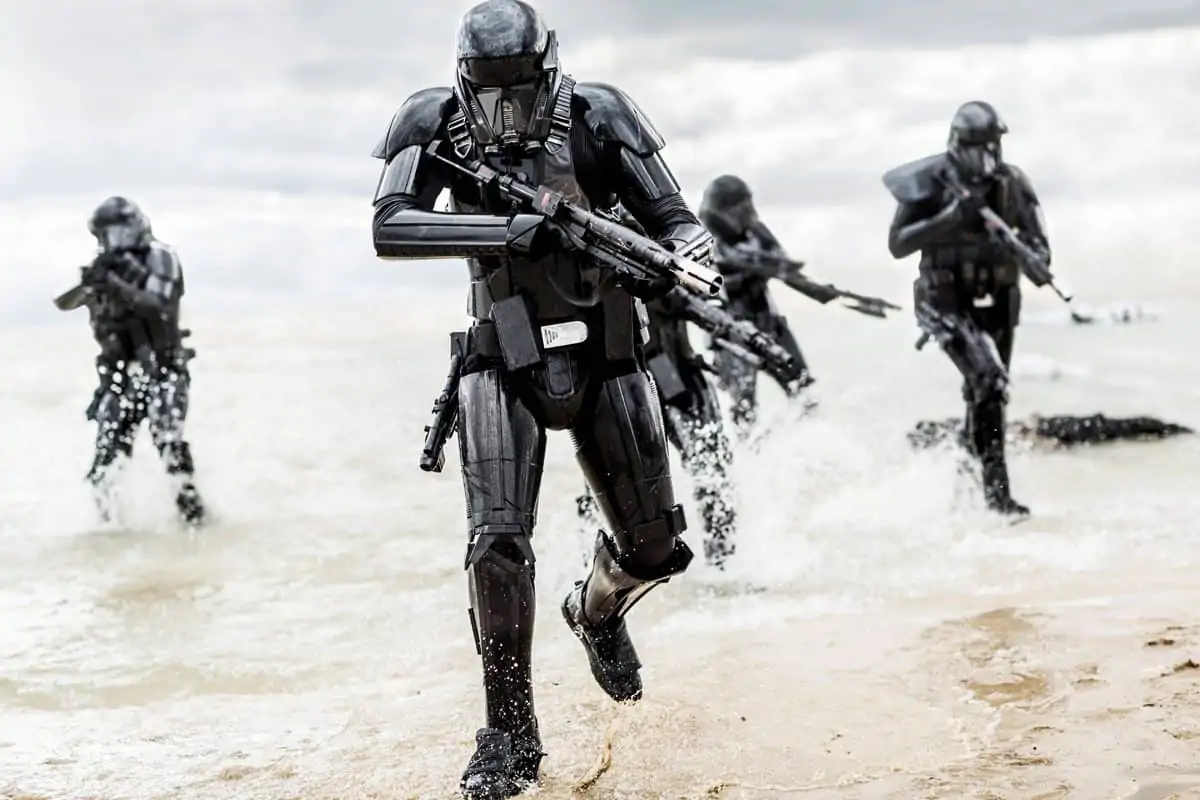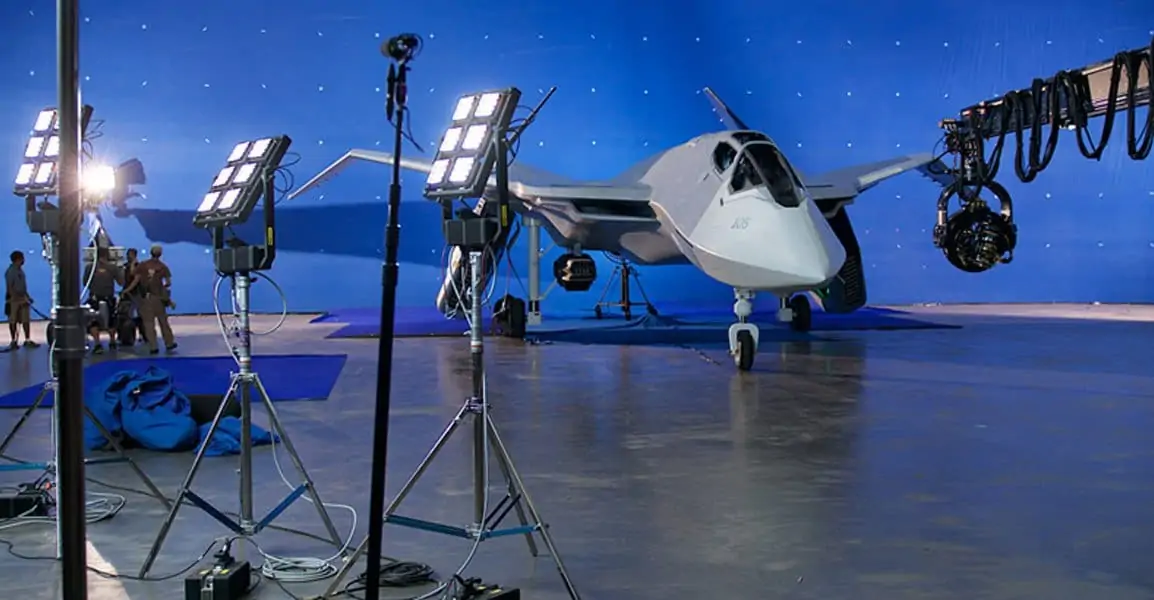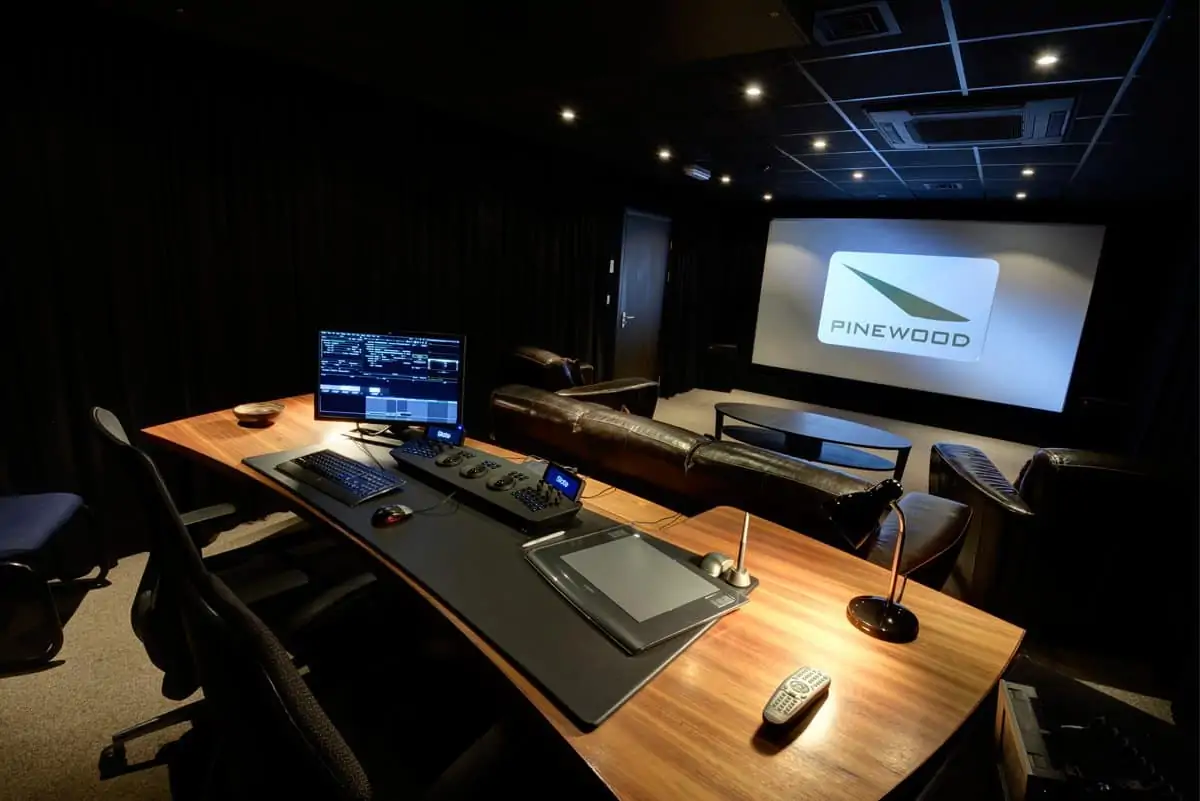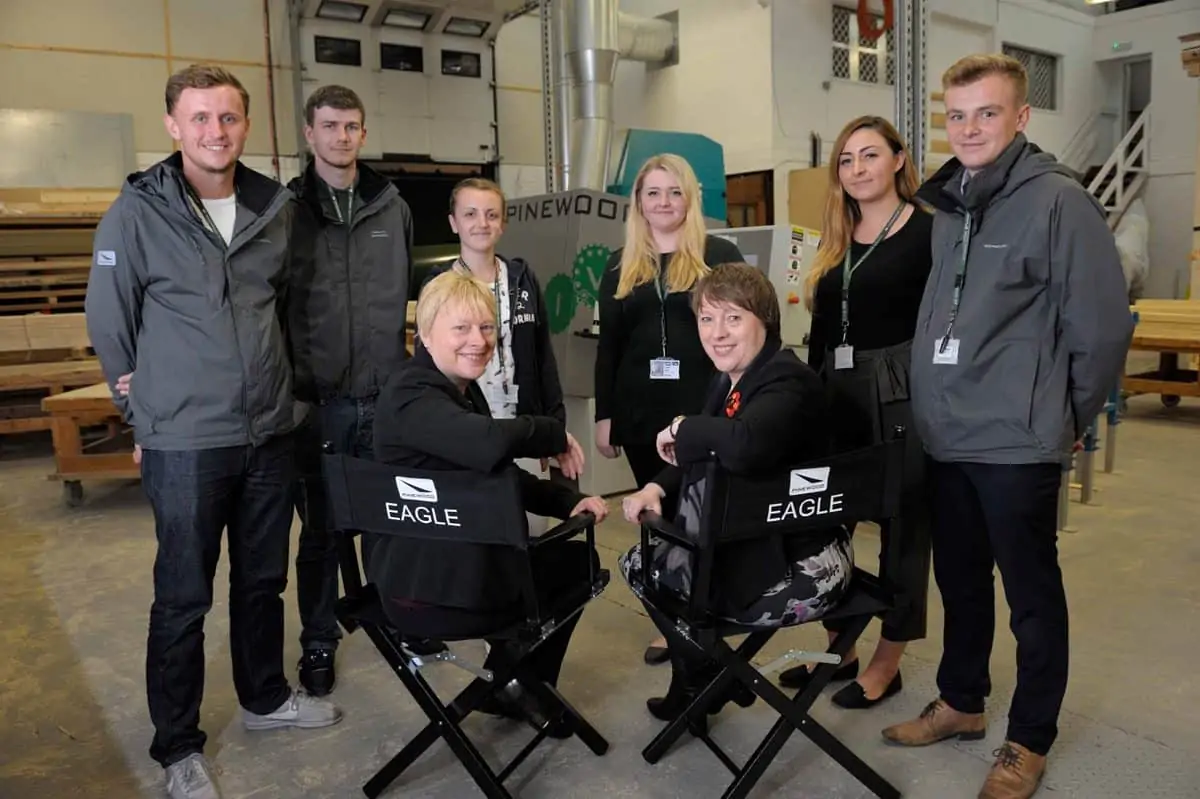How Pinewood Digital went rogue with Alexa 65
Nov 20, 2016
Pinewood Digital spent two years supporting Rogue One: A Star Wars Story – from the initial camera tests through to the VFX and drama pull delivery. The project, shot entirely on the Alexa 65 by Greig Fraser ACS ASC, presented the team with the opportunity to rethink its entire approach to dailies.
“We have certain principles which are set in stone,” said James Corless, group head of Pinewood Digital. “These are, the ability to review and grade the original camera negative, delivery to editorial first thing the following morning and completion of all back-ups within 24 hours for mag clearance. Even though we were going from 3.4K to 6.5K ARRIRAW, this project had to follow those principles.”

To achieve this, all areas of the workflow were up for discussion and possible overhaul. Thom Berryman, Pinewood Digital operations manager, noted that, “our technology at the time was really geared towards traditional 35mm format Alexa workflows. We had supported some large 3.4K Open Gate shoots around 2014, but we were under no illusion that the Alexa 65 would be a game changer.”
Early discussions about Rogue One took place in late 2014 around the time of Camerimage. “We came back from Poland and went straight into Greig’s first tests with the camera. At the time the Codex XR capture drives needed to go via ARRI Rental. We would then receive 4K ProRes files back for Greig to review at the studios”, recalls Corless. “The Alexa 65 had only just been launched, so understandably ARRI Rental wanted to check everything and manage the new Codex Vault XL 65 systems. At that stage it was about the image quality and 65mm format being evaluated, not the workflow. As soon as Greig stated his intention to shoot with the Alexa 65 throughout we went back to the drawing board.”
“Storage, networking, rendering and archive – everything was up for discussion at that stage” notes Berryman. “We took the view that what Greig was trying to do would become the norm not the exception. The impact of all the investment we made became apparent when we were able to support Rogue One, Assassin’s Creed and Doctor Strange in parallel across two sites all shooting with the Alexa 65.”

The overhaul of Pinewood Digital’s infrastructure took place throughout the start of 2015 prior to principal photography on Rogue One. “I don’t think there is a storage solution we didn’t look at or test”, recalls Berryman, “We did our fair share of bench tests for ingest, rendering and archive. We knew Greig wanted to review material every day looking at the RAW files with our dailies colourist Darren Rae, so real time playback of the 6.5K files was critical.”
“The main priority from our side was to keep things as they were. Editorial get media at 8am, mags get recycled back to camera without a delay, QC reports go out and LTOs get written. Yes, the data footprint has increased but the workflow remains the same,” says Corless. “Support from ARRI Rental on the project was critical. Throughout we were able to rely on Andrew Prior, head of camera Systems, and Mario Radinovic, head of workflow, from the initial test phase through to the UK and location shoots. Our set-up included two of ARRI Rental’s Codex Vault XL 65s based in the lab at Pinewood throughout the shoot. In addition to this DIT Dan Carling had a Codex Vault on-set with an Eizo 4K monitor so Greig had the option for review at a higher resolution.”
Pinewood Digital has provided front end services on a range of other Alexa projects including Life, shot by Seamus McGarvey BSC ASC, and Mary Magdalene, lensed by Greig Fraser ACS ASC.



















